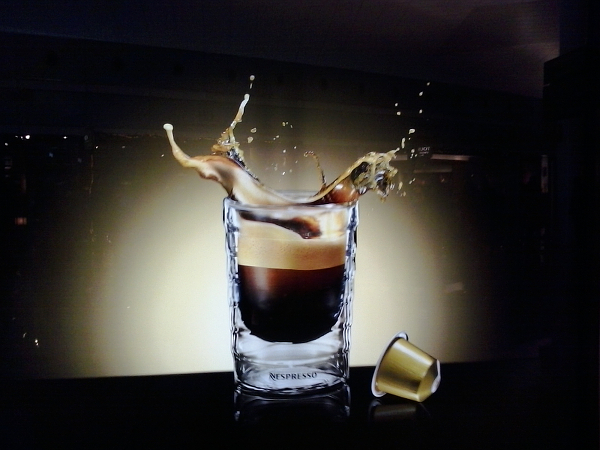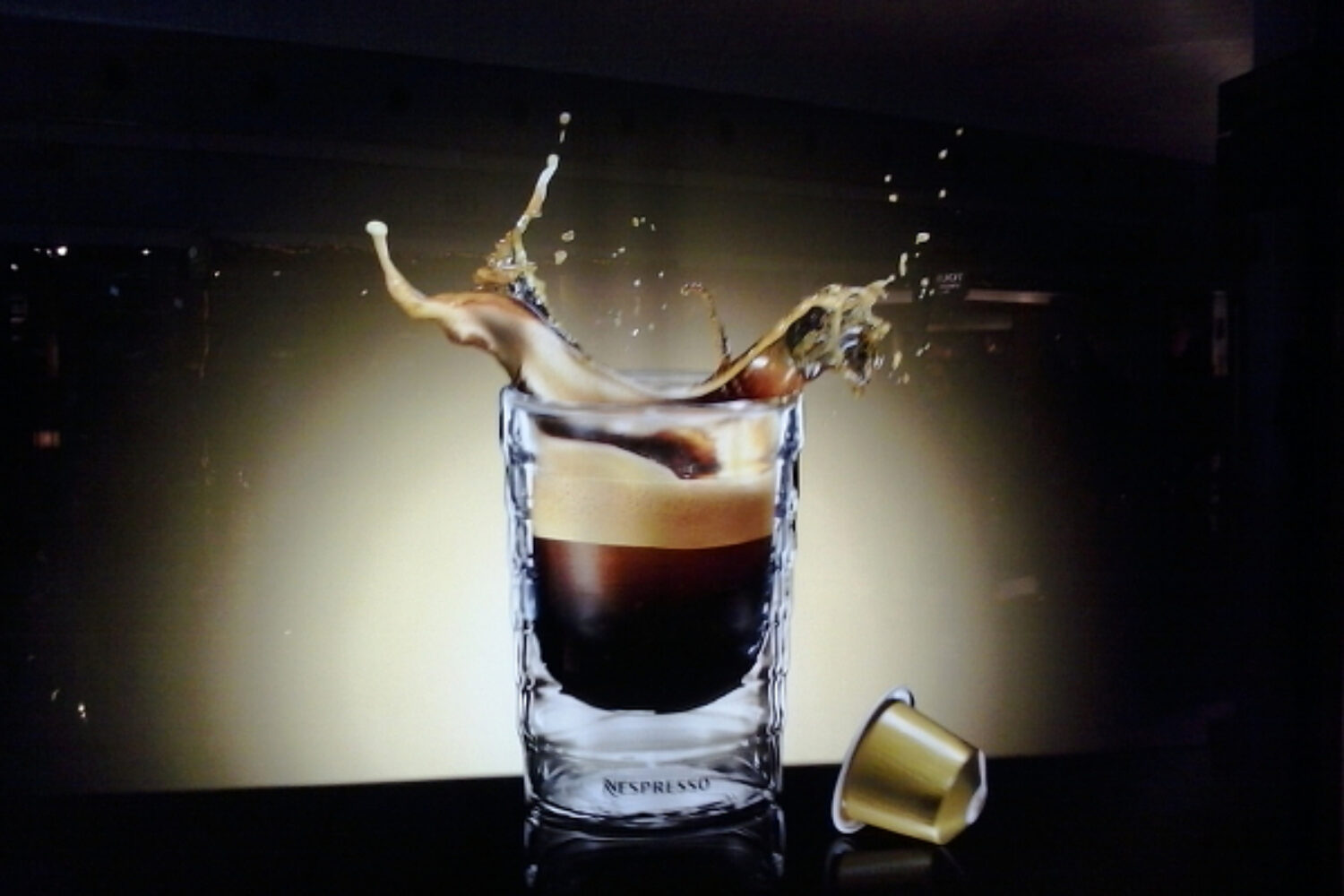
Here’s the situation.
You have to present something. It could be a sales presentation, a pitch for funding, or a project update – whatever.
You create a slide presentation to visually complement your verbal and non-verbal communication.
In the upcoming meeting you’ll have a screen available to present those slides. Big screen, small screen, flat screen – whatever size the screen might have – you’ll present your slides on a screen.
So far, so good.
Now – I don’t care about the tsunamis of data, facts and figures you throw into your slides.
I don’t care about the six Excel graphs you squeeze into slide 18.
I don’t care about your proud logo smiling at me from the right bottom corner on each of the 34 slides.
I don’t care about your redundant slide titles.
I don’t care about those tiny images selling your giant ideas.
I don’t care about your boring agenda slides.
I don’t care about all this because all this is made for reading. All this is part of what I call your handout presentation.
When you present with a screen you play a different game with different rules. The slides of a screen presentation are not about repeating what you say. Those slides are about enhancing your message.
A handout presentation is made for reading. A screen presentation is made for enchanting.
In the situation above, I reckon you create your handout presentation as usual. Then, in a second step, based on the content of your handout slides, you create a second version – the screen presentation.
Focus, Simplicity, Beauty
With each screen slide ask yourself three questions:
1) Do I focus on one point (message, fact, KPI, …)?
If there are multiple points, like six Excel graphs, create six slides. One slide, one point.
2) Do I honor Leonardo Da Vinci?
Leonardo said that, Simplicity is the ultimate sophistication? Plain will always beat messy. The plain packaging of an Apple MacBook Pro will always beat the messy packaging of any Microsoft product. Less is more on a screen slide. And much less is much more.
3) Is my screen slide beautiful?
Sure, beauty lies in the eye of the beholder. But an image of the Great Pyramid of Giza will be more beautiful from your audience’s point of view than three bullet points describing the market potential in Egypt. That is common sense.
Focus, simplicity, beauty – all your screen slides should follow these three principles.
The other day I passed the Nespresso ad above at Barcelona airport. For me, this ad perfectly expresses the principles of focus, simplicity and beauty. It’s focused on one glass of coffee; it uses plain colors (only three tones) and in my eyes it looks beautiful.
When you prepare your next screen presentation, ask yourself, Are my slides Nespresso?

